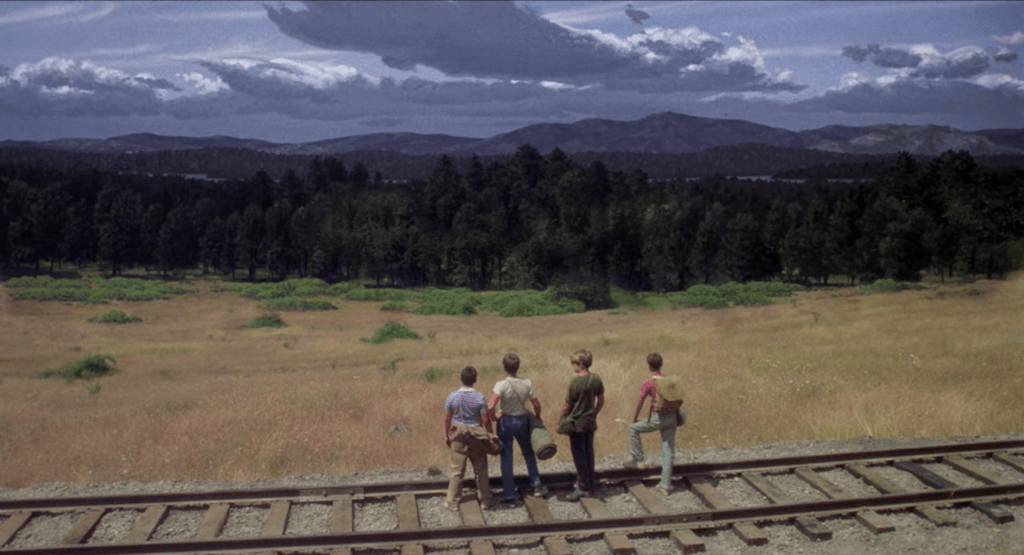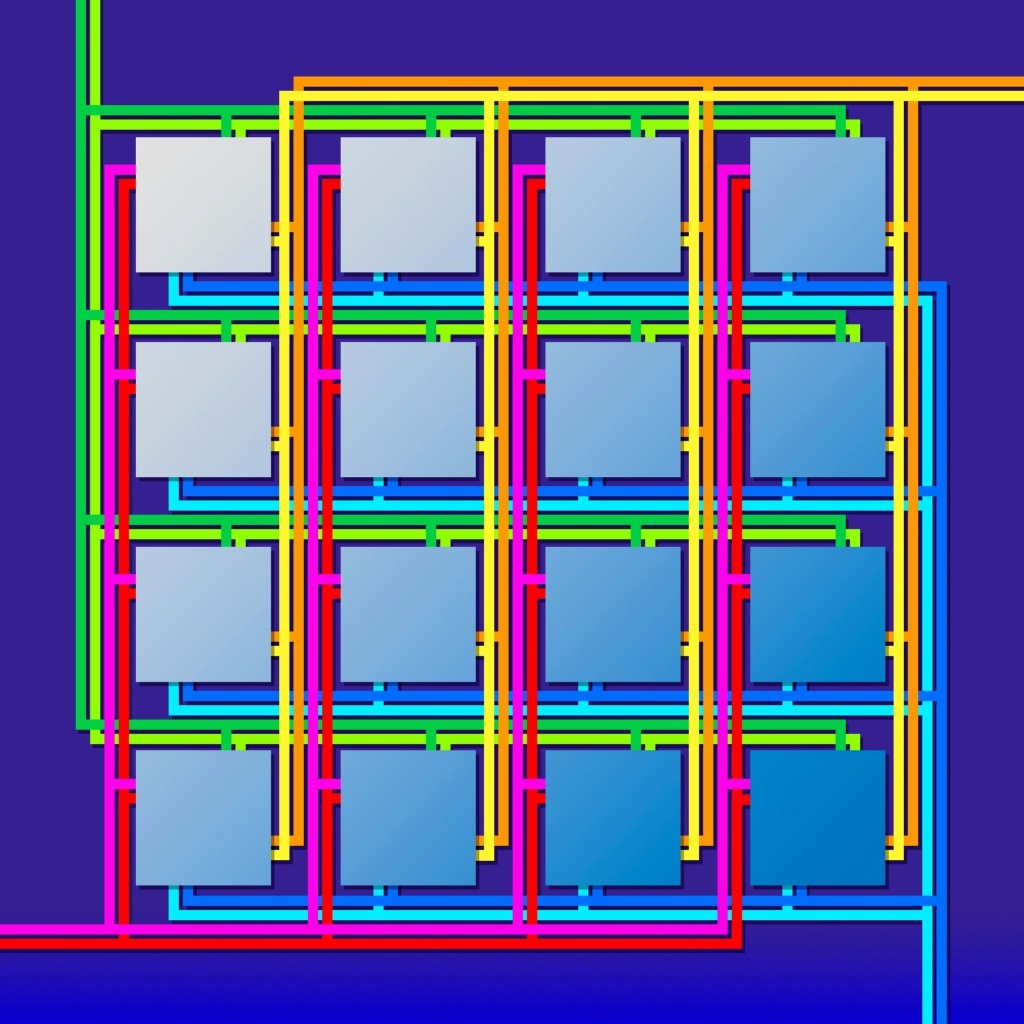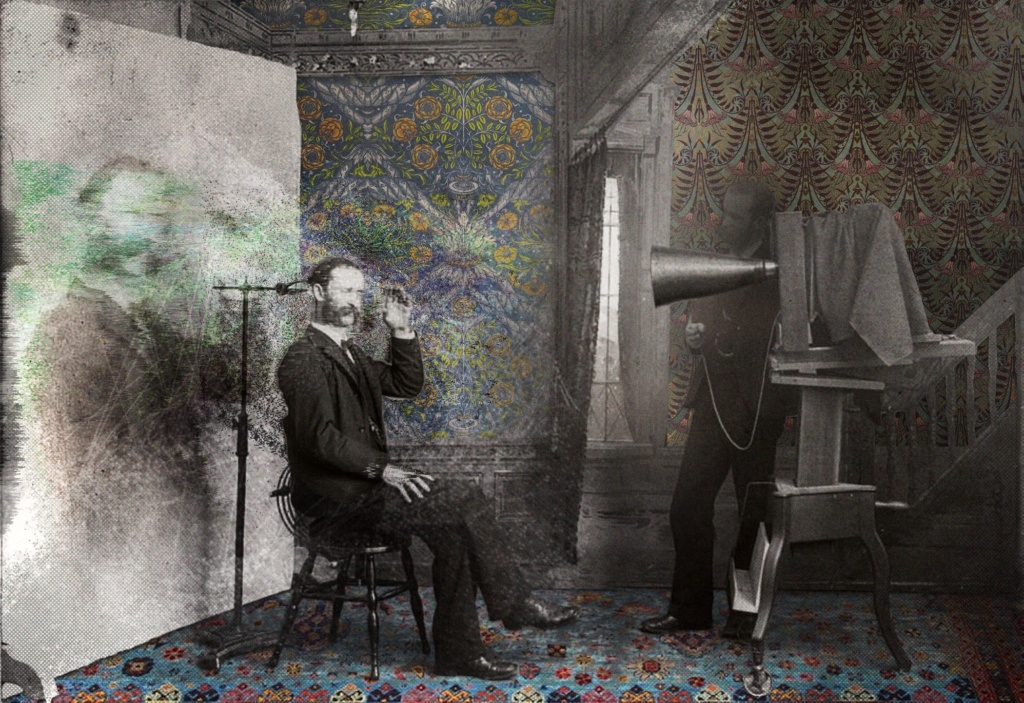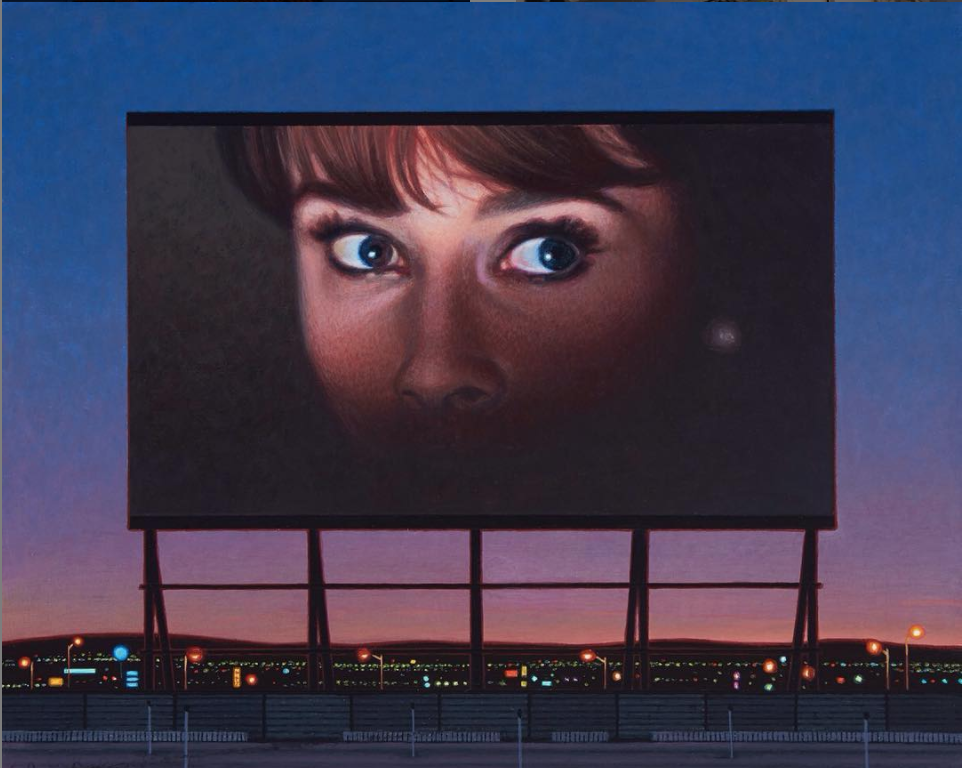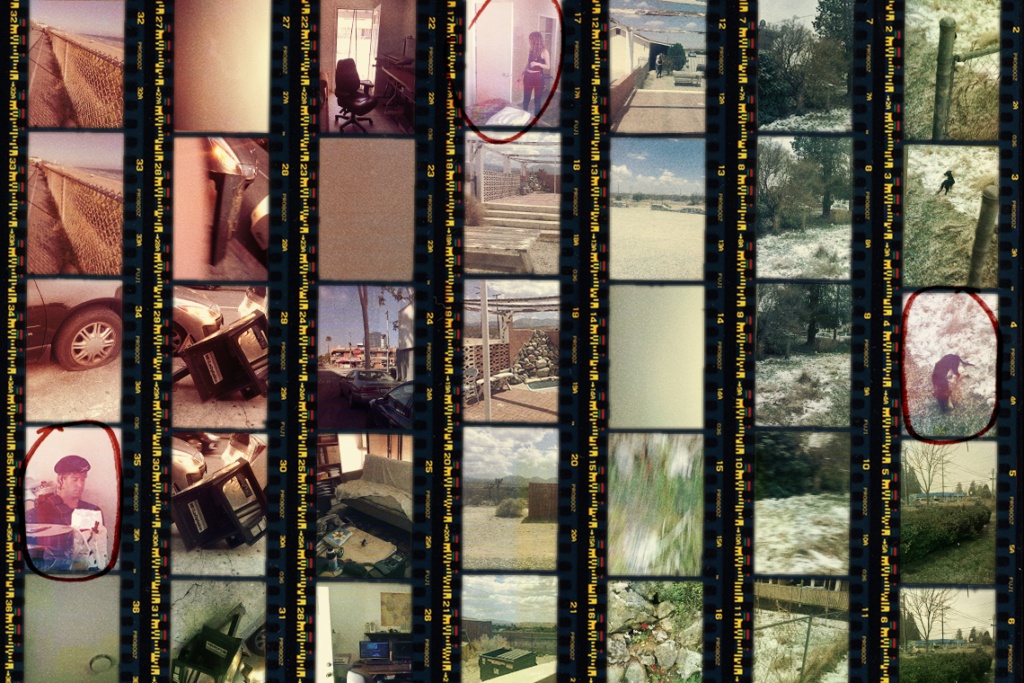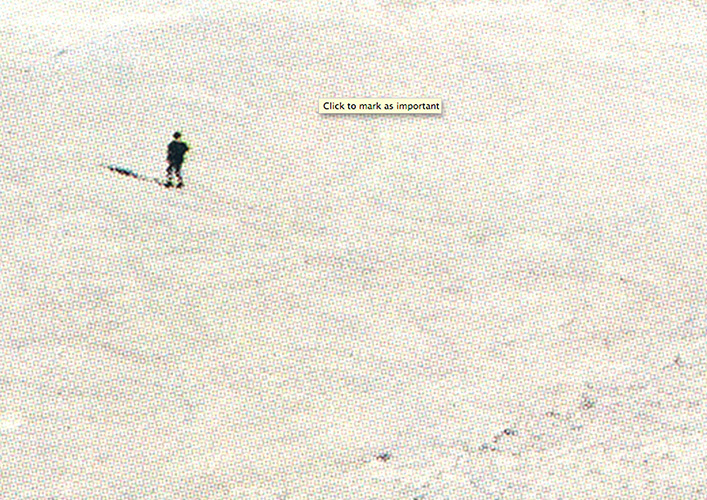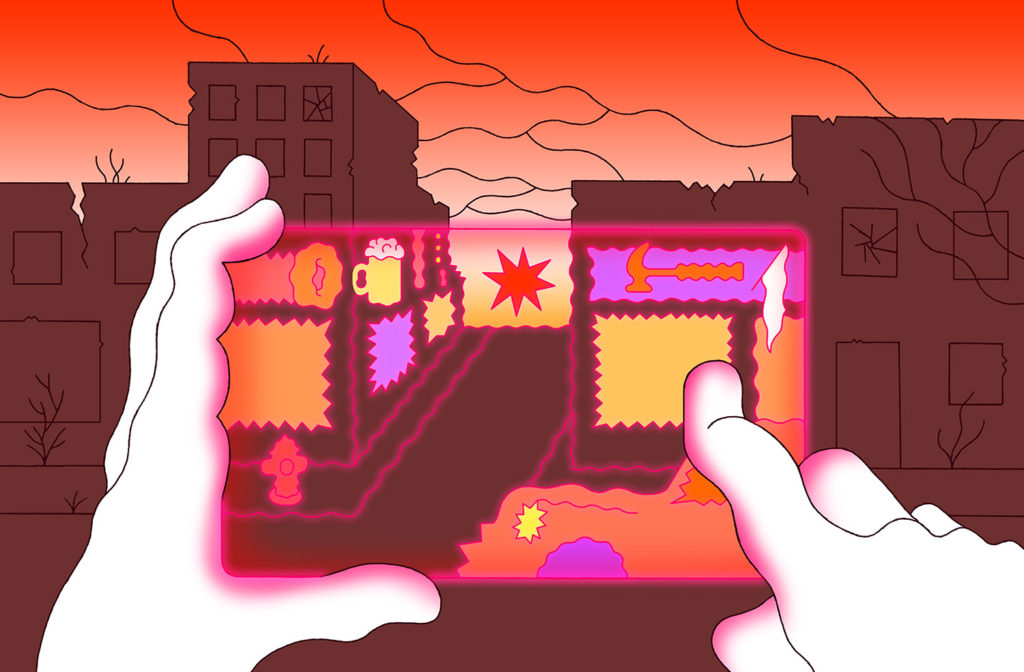Topics
Nostalgia
Technologies of remembering and forgetting
Found Images
Images were once too scarce to be deployed rhetorically; they seemed to be more documentary by default. Now communicating continually with images is common, which generates a nostalgia for when images could speak something other than what the photographer meant to say
Nostalgia for Nostalgia
Watching old movies reveals a chasm between seemingly once-possible “off-grid” experiences and the continuous connectivity that persists today, arching between childhood and later stages of life. The way our timelines excavate our own pasts for us not only makes remembering from a distance less possible — no longer are we narrators remembering a singular bygone era — but contemporary storytelling too is morphing away from the “closed chapter” adventure into narratives that takes this sustained connectivity into account.
Yesterday Once More
To help users make sense of massive volumes of content, streaming services rely on recommendation algorithms, which depend in turn on breaking both content and consumers down into component variables. This process manifests as a new kind of nostalgia — a continuous repacking of past pleasure in new permutations rather than an impossible desire to return to a “better” time and place.
Faces of Histories
When image-manipulation tools like the recent “Deep Nostalgia” gain notoriety, they are often described as either “cool” or “creepy.” But such privileged reactions sidestep the expropriation involved in representing people without consent, and the way such transgressions disproportionately affect marginalized people.
Back to the Future
Drive-ins represent nostalgia for a past in which we were hopeful about the future. The future has since been swapped out for the past as a metric of progress, and we are caught in an endless loop of short-term solutions for problems that only mount with time.
Manufactured Recollection
When the same kinds of algorithms determine which of our photos we should revisit in social media and which ads perform the best, our memories will inevitably look more like the advertising campaigns and paid influencer posts that surround us. The social consensus around what is “worth” remembering is becoming more tethered to an image’s commercial viability.
I Remember
Nostalgia for the online past comes with a distinctive sense of loss: Outdated tech aesthetics are replaced by faster, cleaner, and more modern iterations. But newer games like Arc Symphony are designed with that in mind, extracting what was best about an era made obsolete.
True-ish Grit
Small cities are trying to present themselves as “authentic” and Instagram friendly, which has led to homogenization and gentrification. In the coming years, these places may be faced with uncanny replicas of themselves: too-perfect copies operating in closed circuits, economically separate from the aging cities whose past they have appropriated.

